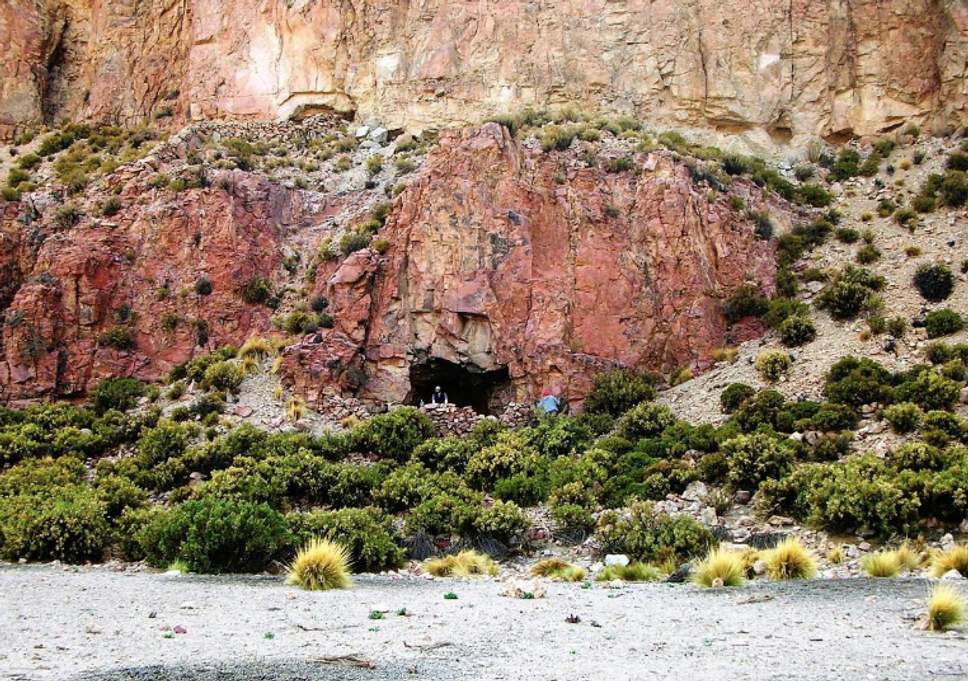The find in Bolivia reveals extensive knowledge of botany and existence of trade or travel across large distances
The ritual container recently discovered in Bolivia is 1000-year-old and it’s made of three fox snouts that contain traces of five psychoactive chemicals: cocaine, benzoylecgonine (the primary metabolite of cocaine), harmine, bufotenin, dimethyltryptamine (DMT) and possibly psilocin (a compound found in some mushrooms), which came from at least three different plant species. Plus, the blend of drugs is very close to the ones used in the production of ayahuasca, which is a psychoactive plant preparation indigenous to peoples of the Amazon basin that produces potent hallucinations.
The artifacts were found inside a small cave that seemed to have served as a funerary enclosure in the Lípez highlands of south-western Bolivia. The area has evidence of human habitation stretching back 4,000 years. The items were found in a 28-centimeter-long leather bag, a pair of wooden snuffing tablets and a snuffing tube that featured ornate carvings of human-like figures, a pair of llama-bone spatulas, a textile headband, fragments of dried plant stems, and a pouch made from three fox snouts stitched together.
According to researchers, this is the largest number of psychoactive compounds ever detected in a single archaeological find in South America which indicates that people were not only using single plants known to produce hallucinations, but were also blending various plants to create potent compounds which could result in longer and more powerful trips. With the pouch likely belonging to South American shaman in what is now southwestern Bolivia around a thousand years ago, according to Jose Capriles, an anthropologist at Penn State University, who also stated:
“We already knew that psychotropics were important in the spiritual and religious activities of the societies of the south-central Andes, but we did not know that these people were using so many different compounds and possibly combining them together. This is the largest number of psychoactive substances ever found in a single archaeological assemblage from South America. Shamans were ritual specialists who had knowledge of plants and how to use them as mechanisms to engage with supernatural beings, including venerated ancestors who were thought to exist in other realms. It is possible that the shaman who owned this pouch consumed multiple different plants simultaneously to produce different effects or extend his or her hallucinations.”
However, the plants that the compounds come from are not native to the highland where they were found, so the belief is that they might have been brought over by trading networks or traveling shamans. Also, with the help of radiocarbon dating, researchers found that the age of the outer leather bag was from between 900 to 1170 AD. Melanie Miller, of the University of Otago, New Zealand, and research affiliate at the University of California, Berkeley, who was responsible for analysing the samples stated:
“The presence of these compounds indicates the owner of this kit had access to at least three plants with psychoactive compounds, but potentially even four or five. None of the psychoactive compounds we found come from plants that grow in this area of the Andes, indicating either the presence of elaborate exchange networks or the movement of this individual across diverse environments to procure these special plants. This discovery reminds us that people in the past had extensive knowledge of these powerful plants and their potential uses, and they sought them out for their medicinal and psychoactive properties.”




